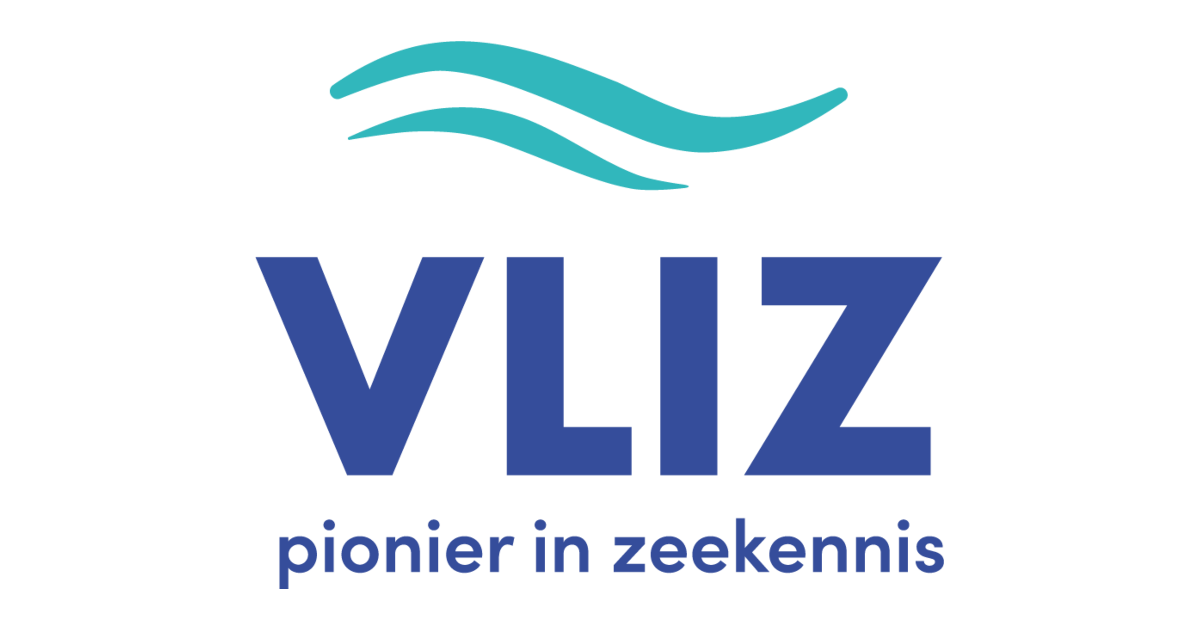The newly developed semi-automatic analysis method combines microplastic staining, a fluorescent dye (Nile red) and machine learning algorithms. The first algorithm (decision tree) helps determine whether particles are made of plastic or not (Plastic Detection Model – PDM). A second algorithm (Random Forest) classifies plastic particles based on their polymer type (polymer identification model – PIM).
The performance of these two models was initially validated for microplastics (50-1200 μm). Then also for microplastics that the researchers allowed to be exposed to the elements under semi-controlled conditions in surface and deep seawater. Random forest models have proven to be more reliable for identifying polymers, even for particles
As a third step, the researchers injected environmentally relevant microplastics into marine organisms, which were then extracted and analyzed. Random Forest models have once again proven to be very reliable for detection and identification of both genuine plastics (>88% accuracy) and most weathered plastics (>70%). For particles between 2 and 10 micrometers, an accuracy of over 90% can be achieved.
Finally, Nelly tested the performance of both models on real seawater and sediment samples from the Belgian North Sea. The combination of optimized extraction protocols and models has also proven reliable here – at least for non-fibrillar molecules. Detecting microplastic fibers is not impossible, but it is not yet perfect. Improving it was outside the time frame of this PhD. A case study in the North Sea resulted in the identification of the dredged disposal area “Loswal Zeebrugge-Oost” as a real hotspot for microplastics.
Finally, a cost-effectiveness analysis of commonly used analysis methods for microplastics in seawater has been performed, and predictive tools have been developed that provide objective information for researchers and policy makers, among others, to make an informed choice between different analysis methods and to determine the efficiency of using their financial resources for monitoring and study.
Nelly Myers defended her PhD on June 19 at the InnovOcean Campus in Ostend. The promoter of this PhD is Prof. doctor. Colin Jansen (UGent) under the supervision of Dr. er. Paavo de Wit (ILVO) and Dr. er. Gert Everett (VLIZ).
This research was carried out as part of the Andromeda project, funded by the Belgian Federal Office for Science Policy (BELSPO). The experimental work was carried out in the laboratories of the Flemish Marine Institute (VLIZ) and the Institute for Agricultural, Fisheries and Food Research (ILVO) in Ostend.
Download the complete doctoral thesis

“Thinker. Coffeeaholic. Award-winning gamer. Web trailblazer. Pop culture scholar. Beer guru. Food specialist.”







More Stories
Comet Tsuchinshan-Atlas is ready to shine this fall
Sonos isn’t bringing back its old app after all
Indiana Jones and the Great Circle is coming to PS5 in spring 2025